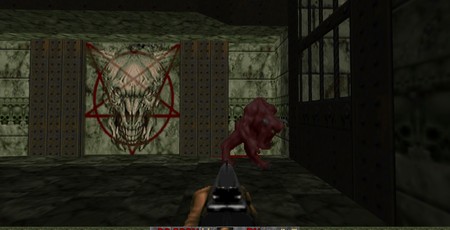
Price: Free, or £6.99 for Special Edition including Buckethead soundtrack
Developer: Romero Games
Publisher: Romero Games
Platform: PC
Imagine if one of the 12 apostles rocked up to your house one day and handed you an extra bit of the Bible. Just straight up placed a fifth gospel in your greasy palms before skipping away across the nearest lake. This is essentially what Sigil is for FPS fans. It’s manna from gaming heaven, although given the context, hell might’ve been a more appropriate starting point for this metaphor.
Sigil is an “unofficial” fifth episode for The Ultimate Doom, although it’s about as official as unofficial gets, created as it is by the one and only DoomDad John Romero himself. This megawad adds nine single-player and nine multiplayer maps to the game, all handcrafted by big JR. It can be downloaded for free, or you can pay £7 to get a special version that comes with a soundtrack composed by the guitarist Buckethead.
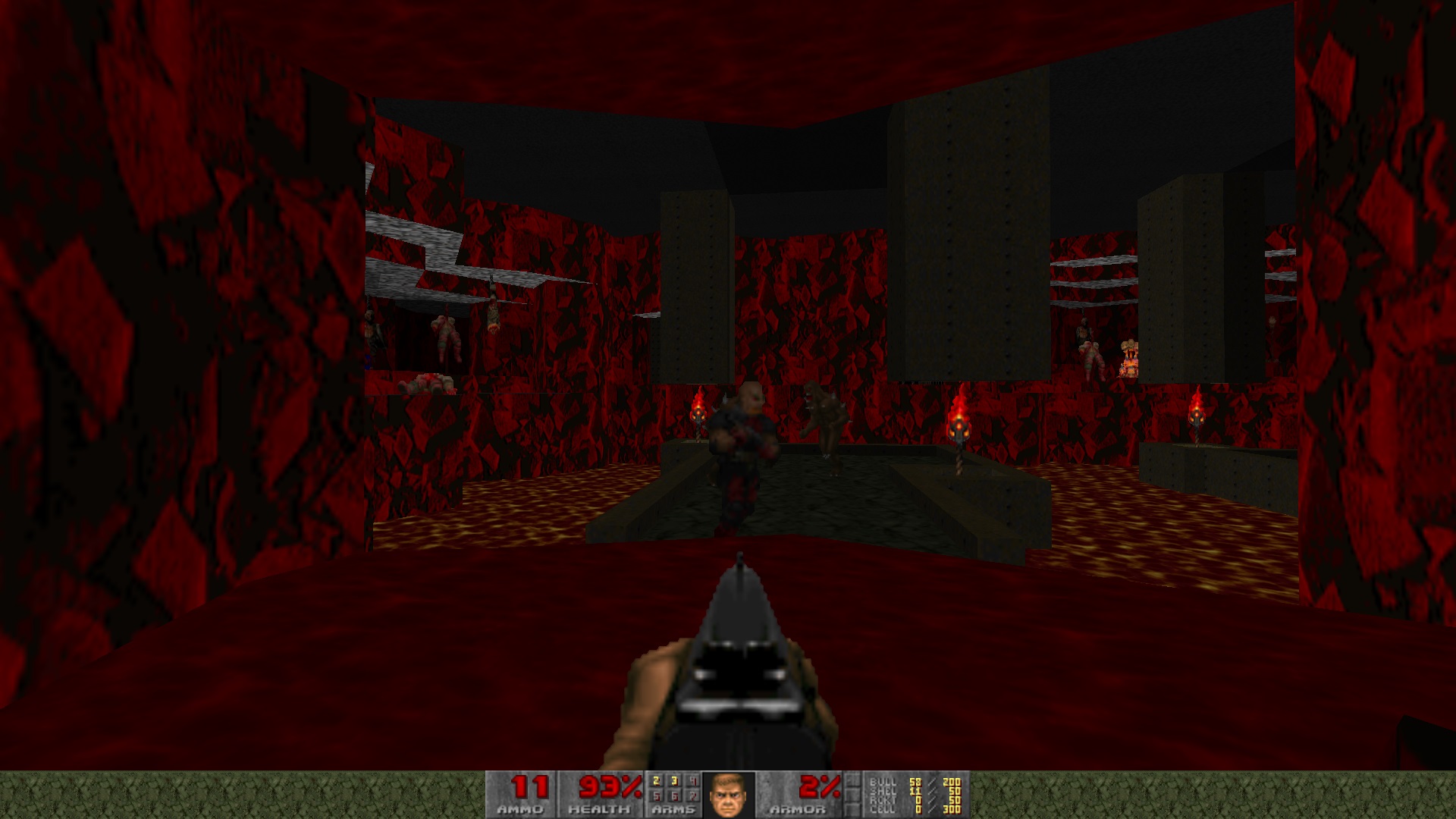
For anyone even remotely interested in shooters, this is very exciting stuff. However, I have to admit to a certain amount of trepidation when I first heard about Sigil. You see, just because Saint Peter or John or Gary or whoever hands you a new bit of the Bible doesn’t mean that bit of the Bible is going to be good. Saint George Lucas gave us three new bits of his Bible, and look how that turned out.
The problem is that artists, like all people, change over time, and their creative eye often changes with it, often in a way that puts them at odds with the creator they were earlier in life. This isn’t necessarily a bad thing, but it can make going back to a work created by that previous version of yourself difficult, as both Star Wars and the Alien films have demonstrated.
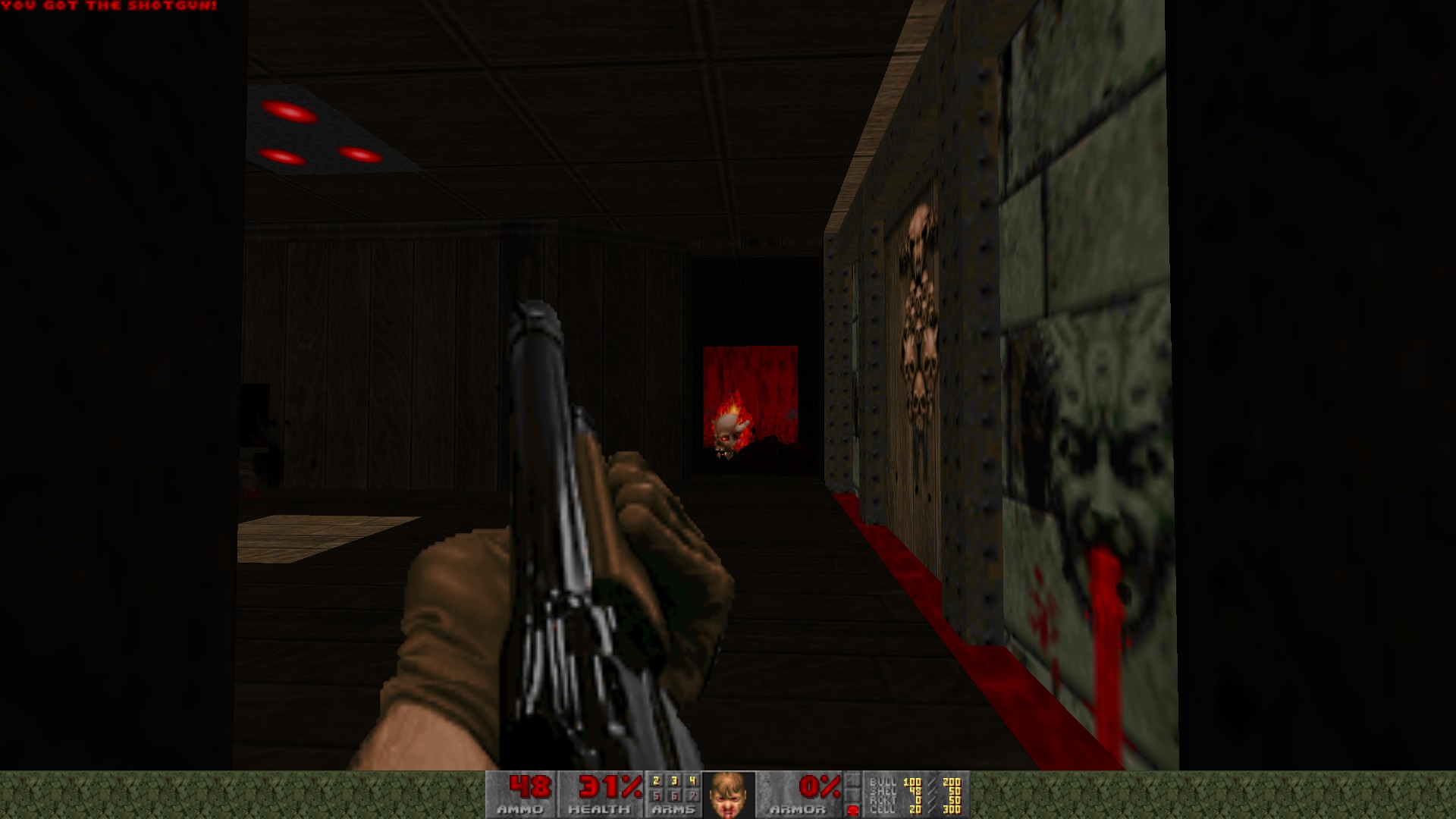
Add to this the fact that Romero hasn’t exactly been the most prolific creator in recent years, and that Doom needed an extra episode like we need another Terminator movie, and Sigil seems built upon some pretty shaky foundations.
Fortunately, Sigil is superb. Not just fine or satisfactory but hugely enjoyable, a meticulously designed sequence of maps that are tense, challenging, eerie, and at times genuinely disturbing. It serves as a fantastic reminder of what made the 1993 Doom great, and what still makes it great today.
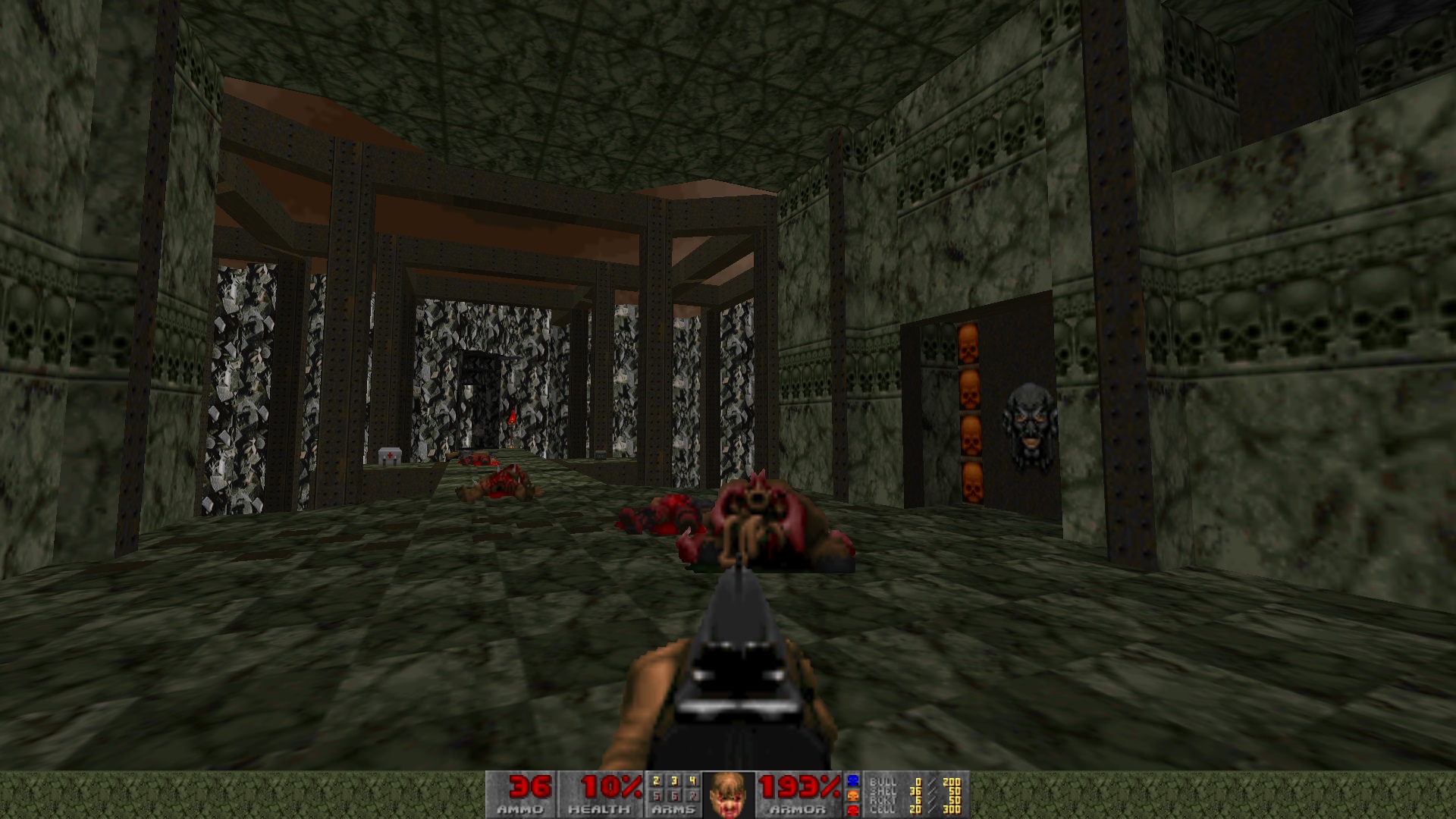
Sigil sets the tone in the first few seconds, chucking you into a glowing red room with a pentagram dug into the floor, prowled by three Imps. You’re instantly put under pressure, feeling like you’re right at the edge of death, a theme that continues throughout Sigil.
It’s worth delving into this a little. The recent Doom reboot has, alongside our collective ideas about what a good “classic” shooter should be, created this notion that Doom was all about relentless gunfights and ridiculous speed. But that was more Quake, and even Quake wasn’t that fast. The original Doom straddled the fence between action and survival-horror, with knotty levels and deviously placed enemies designed to frighten and intimidate as much as the guns were designed to thrill.
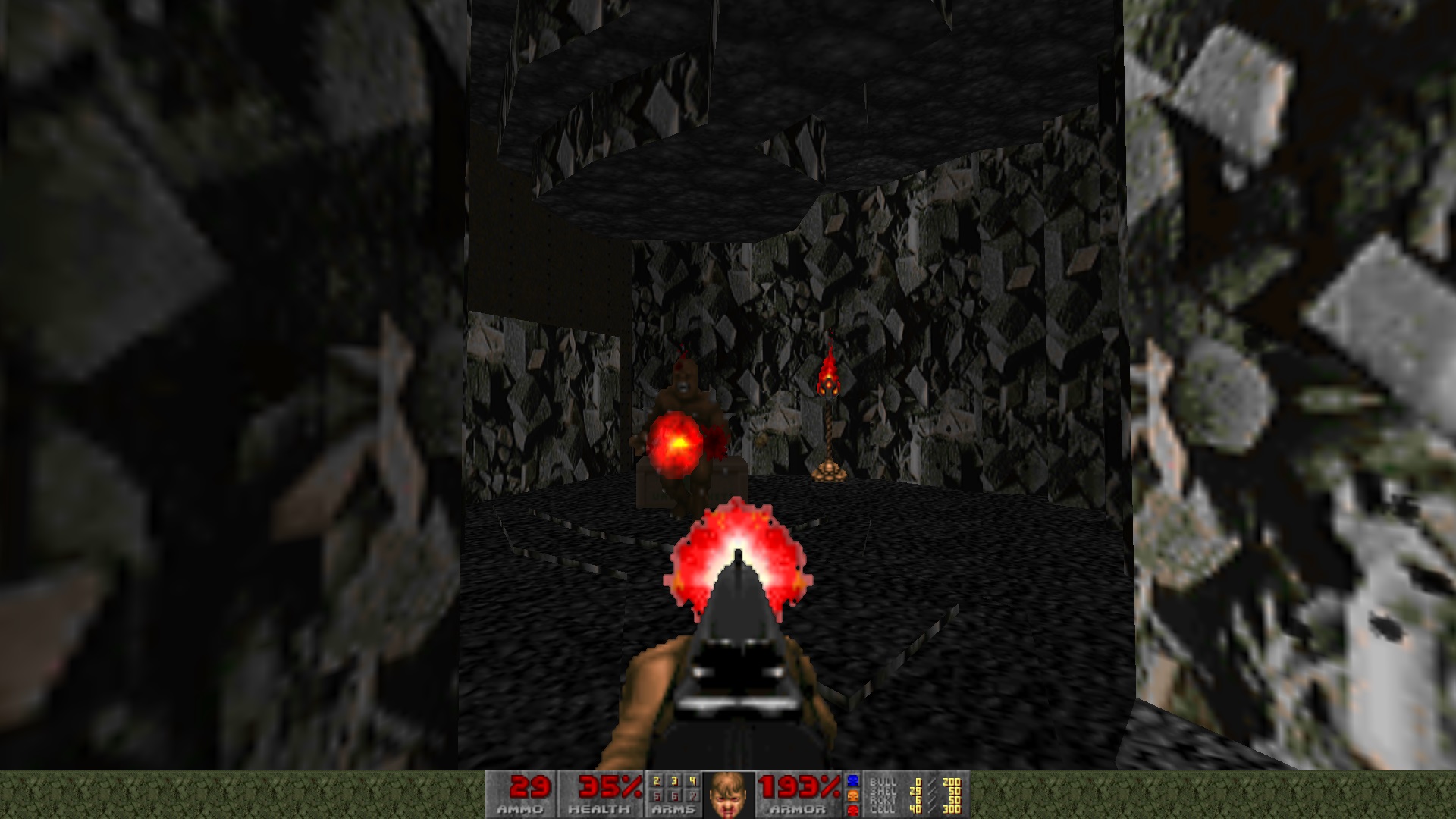
Sigil understands this intimately, providing a concentrated dose of Doom at its most hellish and hostile. This is represented by the aesthetic, which I can only describe as 'massacre at a metal concert'. Sigil doesn’t add a lot that’s new to Doom, but it does add a large amount of new textures and environmental art. Sigil’s version of hell is less fire and brimstone and more blood and viscera. It’s a realm where the walls are made of faces, entire rooms are painted with writhing entrails, and twitching corpses are frequently used as decoration.
It’s worth noting that Sigil packs in plenty of intense gunfighting. Almost every room you enter is stuffed full of demons to blast apart. But Sigil is not simply about throwing hordes of enemies at you. Rather, it carefully deploys specific combinations of enemies that throw off your instincts. Your natural impulse in Doom is to shoot everything. But in Sigil, sometimes the best solution is to throw yourself into a room with the chainsaw, sacrificing a chunk of health in order to save ammo. Sometimes the best solution is simply to run, to stumble past that last Cadodemon and Hellknight and punch your blood-soaked fist into the button that ends the level.
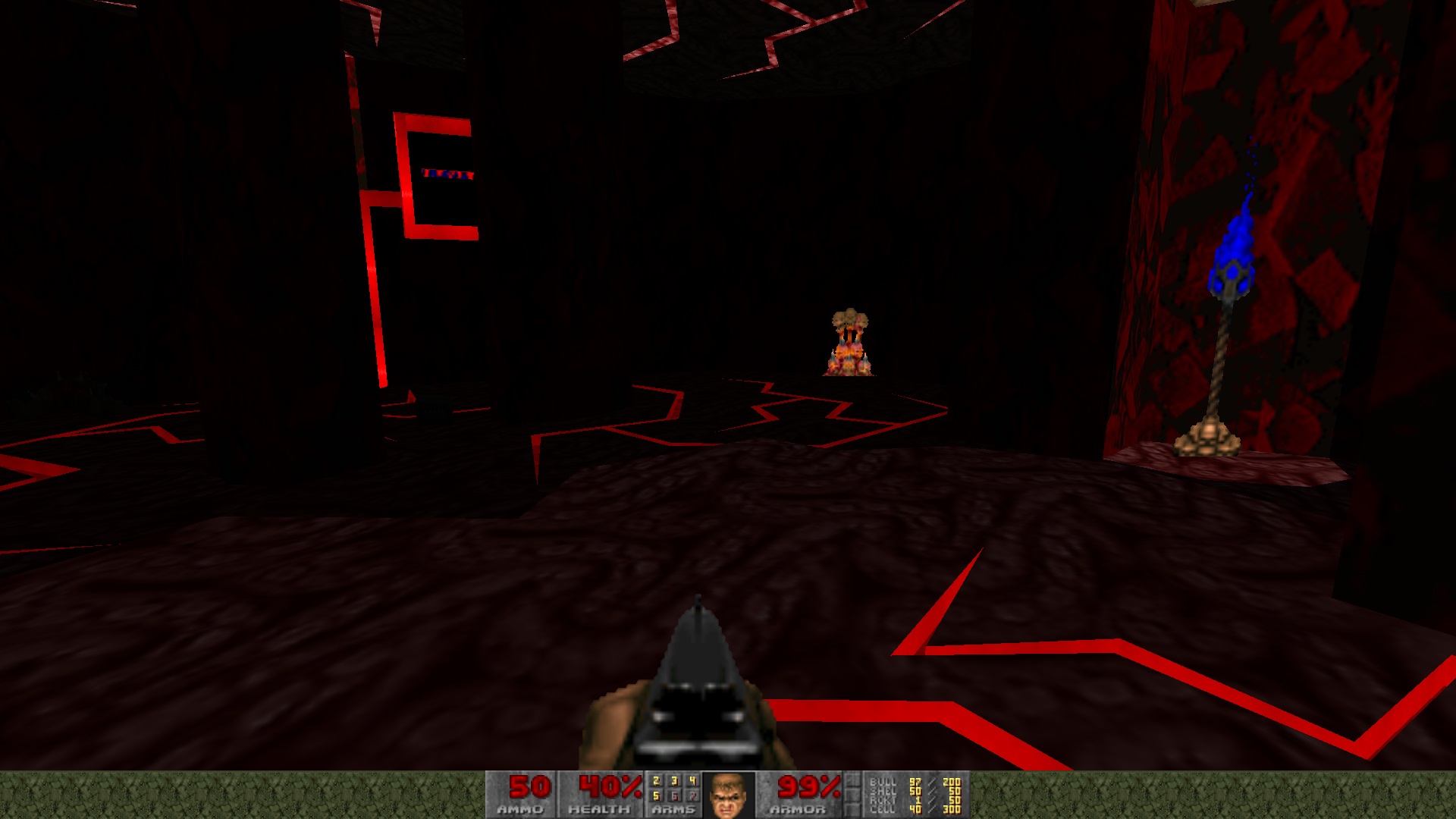
Sigil combines this clever, more staccato pacing with tricksy, deliberately disorienting level design that slowly whittles away your defences. Some of these tricks are familiar, such as hiding enemies right behind doors, or triggering a wave the moment you pick up a key. But Sigil combines these with some new tricks. One level has large expanses that are almost completely dark, forcing you to fight near-blind. Another forces you to navigate through rooms filled with crushing pistons, where the only safe spots are guarded by enemies.
Sigil has a particular penchant for reversal, placing you in a situation early in the level, then later flipping the stakes in a way that either provides huge catharsis or abject terror. One later level starts out with a commanding view of a narrow ridge prowled by basic enemies that are easily blown away. Later on, however, you’re forced to cross that same ridge. Not only are you under fire from both sides, but you also get randomly teleported into increasingly dangerous situations.
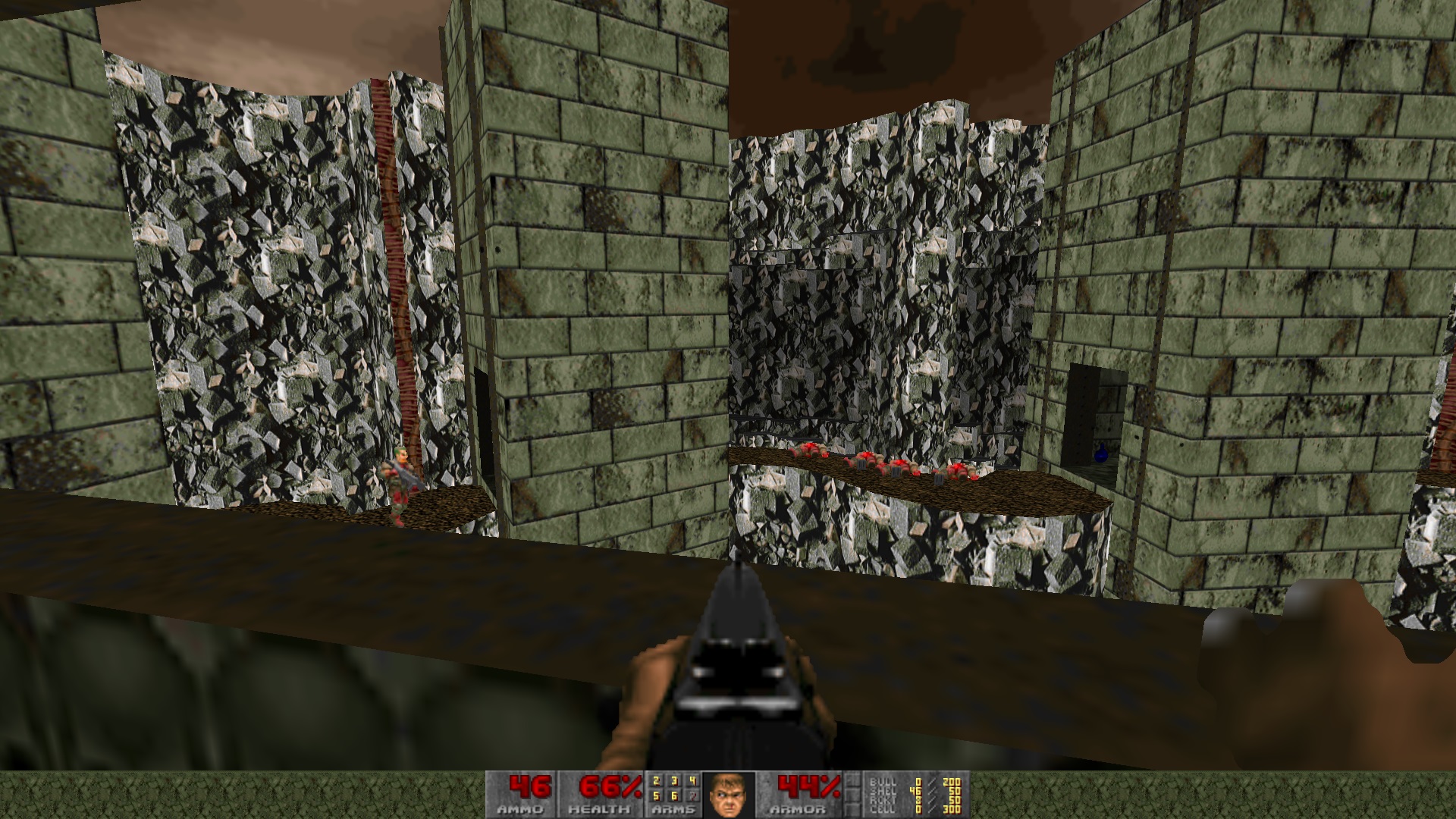
Sigil excels at throwing off your guard, reminding you why those pink and brown blobs of pixels seemed so terrifying upon first encountering them 26 years ago. I wasn’t expecting to be so drawn into the horror element of it, but at the time I found it a genuinely harrowing experience, the constant pressure and pulling of the rug eroding my nerves like a cheese grater down the spine. It’s like Hell knows all of DoomGuy’s old tricks, which of course Romero does because he helped invent them in the first place.
As I mentioned at the outset, you can download Sigil for free. But I would seriously consider dropping £7 for the Buckethead soundtrack, because it adds substantially to the game’s atmosphere. It starts off as you’d expect, with a thrash guitar kick that makes you want to slam your fist through the nearest demon’s face. Later on, however, it shifts into something stranger and more ominous, mimicking the game’s transition into harder-edged survival-horror.

My main criticism of Sigil is that it doesn’t add any new weapons or enemies. Sigil is designed as a celebration of the original Doom and all parts therein, which is fair enough. Nonetheless, it would have been nice to see one new weapon or enemy, just to spice things up. Also, while I’m mostly a fan of the level design, some of the first-person platforming is extremely fiddly. There were a couple of areas I couldn’t progress through at all without turning on jump (which is off by default).
Finally, and this should go without saying, but if you haven’t played Doom before, you should do that before jumping into Sigil. Not merely because, y’know, it’s Doom, but also because Sigil is designed to challenge veteran Doom players, so newcomers might find it overwhelming.
Overall, I liked Sigil a heck of a lot more than I expected to. It’s far more than just a solid tribute to a classic; it compounds and heightens all of the elements that made the original great, resulting in a rare example of a long-delayed follow-up that makes a significant contribution to the original work. Could this be the start of a Romero renaissance? I for one certainly hope so.


MSI MPG Velox 100R Chassis Review
October 14 2021 | 15:04

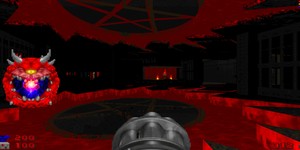
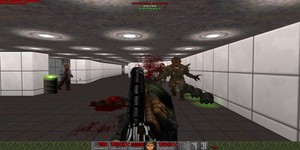






Want to comment? Please log in.